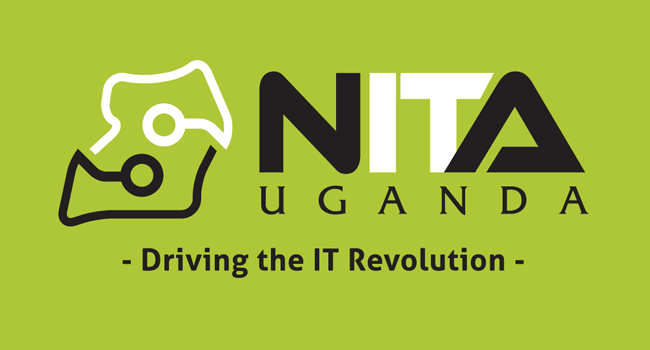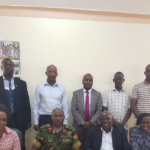The National Information Technology Authority (NITA) has laid an Optical Fibre Cable Network of 2,400 kilometres, connecting thirty three major towns in Uganda and offering internet communication services to 322 government offices across the country.
Previously managed by the Ministry of Information and Communication Technology (MoICT) since 2008, NITA-U took over the management of the National Data Transmission Backbone Infrastructure (NBI) and E-Government Infrastructure (EGI) in 2013, consequently putting in place initiatives that have seen connectivity costs decrease by over 80 percent.
In an exclusive interview with Steven Kirenga, the NITA-U Communications and Marketing Specialist, the developments have led to a reduction in connectivity costs over the last seven years, from US$1200 in 2011 to between US$ and US$70 in 2017.
According to Mr. Kirenga, NITA-U has been able to provide services to government agencies at US$70 per Megabits per second (Mbps), in the process reducing government expenditure on communication through E-Government Infrastructure (EGI) initiative by over 30 percent in the last five years.
At the same time, he said, NITA-U has been offering services to the general public at US$70 per Mbps, further noting that since last year the Authority had also set up 281 Free Wifi locations in Kampala and Entebbe, serving the public for between 12 and 16 hours on weekdays and weekends, respectively.
Explaining the process that has seen a marked decrease in internet connectivity and communications costs, Mr Kirenga noted that at inception of the multi-million dollar National Data Transmission Backbone Infrastructure (NBI) project in 2011, suppliers were reluctant to commit to an undertaking where the absorption rate was low as was prevalent at the time with government Ministries, Departments and Agencies (MDAs). This, he said, was responsible for the then high costs of communications connectivity that was initially based on the projections of the NBI/EGI bidders.
‘The rates per mbps were dependent on a number of key issues that included NITA – U extending the infrastructure to all MDAs and their branches. There are an estimated 20,000 MDA and Local Government braches that would require connectivity. At contract signing there were only 27 offices connected. The economies of scale would allow for the same price to maintain the entire network to support 27 MDAs at that unit cost. NITA – U has gradually increased the number of MDAs and the cost of internet has subsequently reduced to the current USD 70 per mbps’, Mr. Kirenga said, and noted that their costs are the cheapest.
He added: ‘For Government to reduce prices of internet, bulk purchase of internet from upstream providers was required in order for Government to realize the trickle down costs. This was not possible at contract signing due to funds and the number of MDAs connected. However to date, NITA – U has bulk purchased for Government and a drastic price reduction realized’.
According to Mr. Kirenga, some of the key interventions carried out by NITA-U to reduce connectivity costs to the current US$70 per Mbps include the bulk purchase of internet bandwidth for 15 years and the outsourcing the management of the NBI to Soliton Telmec.
‘We have been working hard to consistently lower the cost of internet bandwidth in Uganda, especially for government institutions since they provide onward services for ordinary Ugandans and the private sector. It has been a struggle to achieve what we have done over the years, but we are happy that we have maintained our plans with consistency, and we know our MDAs are even more happy about this. The over 80% reduction over the past 7 years has been as a result of strategic decisions,’ Mr. Kirenga said.
He added: ‘Globally, the managed services model is best practice and allows for institutions to benefit from shared value by having a Network partner take over the management and enhancement of highly evolved network process capabilities which leads to significant enhancement in the delivery of a superior Customer Experience’.
Further, according to Mr. Kirenga, all initiatives including the bulk purchases and outsourcing had been shared with a raft of government agencies including the Auditor General’ Office.
‘As shared with the Auditor Generals Office, the detailed costs for maintenance were reflected in the feasibility study for management of the NBI/EGI conducted in 2008. The expenditure assumptions for management of the NBI were clearly stated that included human resource costs, maintenance costs, operational costs’, he said.







